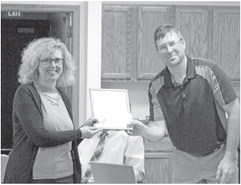Board OKs meals through June, talks building projects


Students in the Medford school district will continue to get home-delivered meals through at least the month of June At Monday’s school board meeting, members approved continui...


Students in the Medford school district will continue to get home-delivered meals through at least the month of June At Monday’s school board meeting, members approved continui...